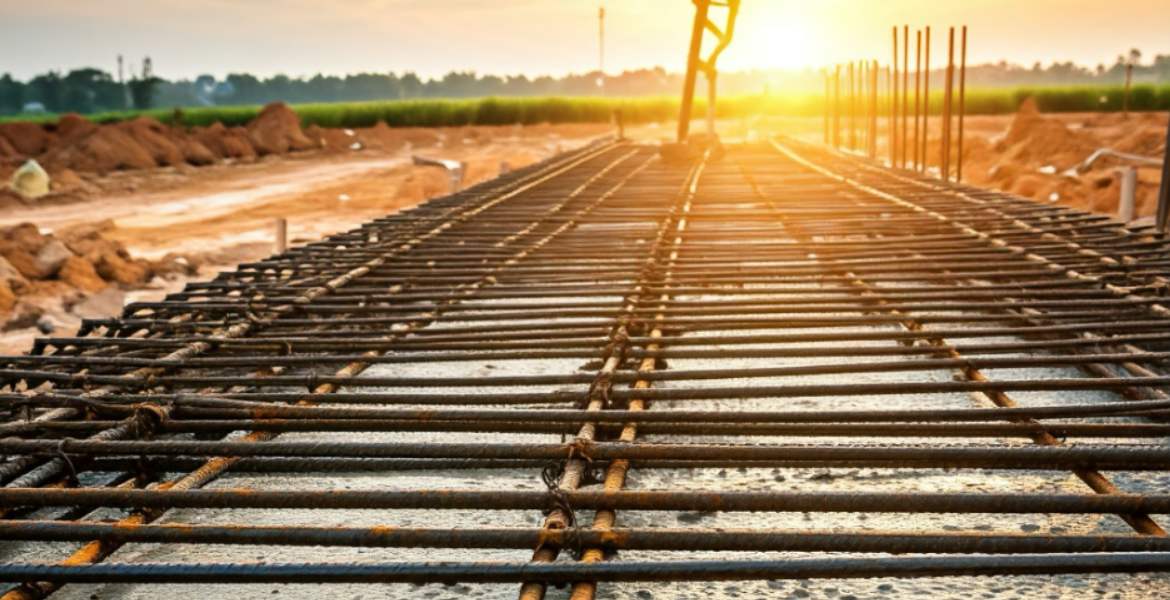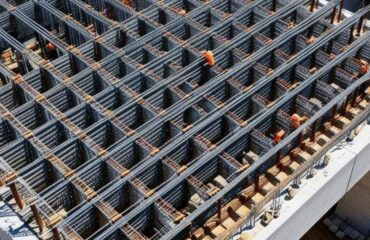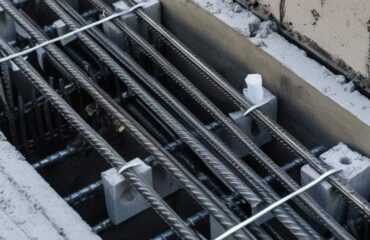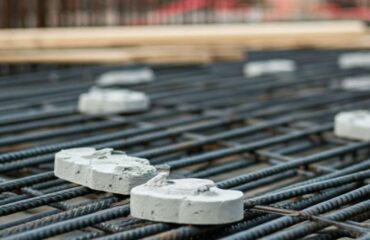In the construction industry, especially during concrete slab casting, maintaining the right distance between reinforcing steel and the surface of the concrete is critical. Concrete spacers, often overlooked yet crucial components, play an indispensable role in ensuring the durability, strength, and longevity of a structure. Here, we explore the importance of concrete spacers in concrete slab casting and why they are a key factor for successful concrete projects.
- What Are Concrete Spacers?
Concrete spacers are small, often disc-shaped or block-like, accessories that maintain the necessary cover distance between the reinforcement (rebar) and the concrete surface. They are made from various materials such as concrete, plastic, or fiber-reinforced composites and come in different shapes and sizes to suit specific construction requirements.
- Why Are Concrete Spacers Important?
Concrete spacers serve multiple vital functions in concrete slab casting:
- Ensuring Adequate Cover: Concrete cover refers to the layer of concrete between the reinforcing steel and the surface. Proper cover protects rebar from external elements such as moisture, chlorides, and CO₂, which can lead to corrosion. Spacers help achieve and maintain this cover by creating a uniform distance between the rebar and the outer concrete layer.
- Enhanced Structural Integrity: Concrete slabs bear various loads, including weight and environmental stresses. Spacers ensure that the reinforcement is well-positioned within the slab, distributing load stresses evenly. This positioning prevents weak spots, increases the slab’s load-bearing capacity, and helps minimize the risk of cracks or structural failure.
- Improved Fire Resistance: Concrete acts as a protective shield for the reinforcement, especially during a fire. The cover thickness acts as a thermal barrier, and spacers help ensure this layer is sufficient to delay the heat reaching the reinforcement. This delay can be life-saving, giving people more time to evacuate and reducing the overall damage to the structure.
- Corrosion Protection: Inadequate cover can expose rebar to moisture and air, accelerating corrosion, which compromises structural durability. Spacers help maintain adequate cover, ensuring the steel remains protected against environmental factors and extending the life of the slab.
- Types of Concrete Spacers
Different construction needs and environmental conditions call for different types of spacers. Common types include:
- Plastic Spacers: Lightweight and commonly used for small slabs or areas with minimal load-bearing requirements. They are also more affordable but may not offer the same longevity as other types.
- Concrete Spacers: Ideal for heavy-duty applications, concrete spacers are strong and compatible with the slab material, ensuring consistent strength and durability.
- Fiber-Reinforced Spacers: These are a hybrid between plastic and concrete spacers, offering increased strength and durability, especially useful for high-stress or high-corrosion environments.
- Common Mistakes and How to Avoid Them
Despite their significance, improper use or placement of spacers can lead to serious issues, including inadequate cover, exposed reinforcement, and structural weakness. Here are some best practices to ensure effective use of concrete spacers:
- Calculate Cover Requirements: Different projects require different cover thicknesses depending on factors like environmental exposure and load requirements. Ensure that spacer sizes match these requirements.
- Uniform Spacing: Avoid placing spacers too far apart, as this can cause sagging of rebar during pouring, resulting in uneven cover. Follow spacing guidelines carefully for best results.
- Secure Placement: Ensure that spacers are firmly attached or positioned so they won’t shift during pouring. Loose spacers can move, compromising the reinforcement’s position and overall slab integrity.
- Conclusion: Concrete Spacers as a Key to Longevity and Safety
Concrete spacers are an essential component in concrete slab casting, safeguarding reinforcement placement and ensuring long-term durability. By promoting proper cover, concrete spacers play a critical role in enhancing the structural integrity, fire resistance, and corrosion protection of a slab. Builders, architects, and engineers should always prioritize the correct use of spacers to deliver quality, safe, and long-lasting structures.Next time you walk past a construction site or visit a new building, remember – sometimes it’s the smallest components, like concrete spacers, that make the biggest difference in ensuring structural safety and durability.






